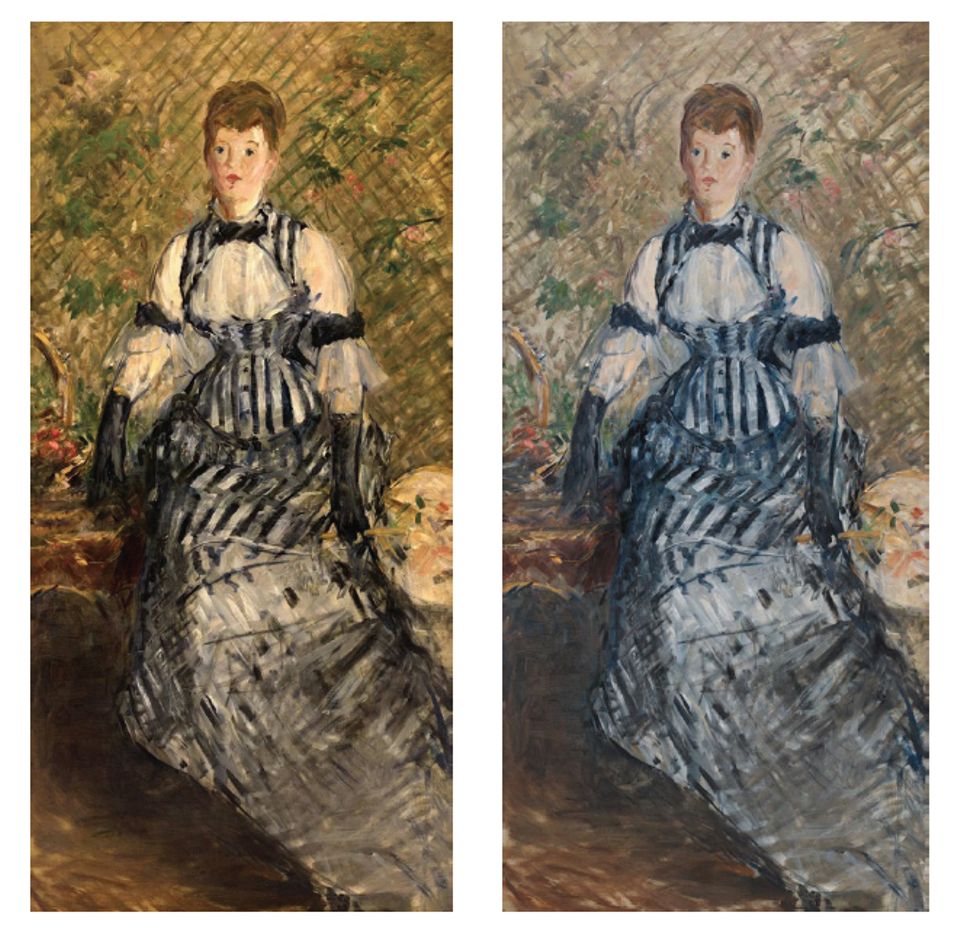Results for "Daguerreotype"
![Samuel F. B. Morse's Daguerreotype Equipment, 1888, by Thomas Smillie, SIA RU000095 [10625].](https://siarchives.si.edu/sites/default/files/blog-attached-images/297_Image_015_0.jpg)
The Life Work of Smillie
- Date: July 15, 2014
- Creator: Effie Kapsalis
- Description: There is a remarkable figure in the Smithsonian’s history that doesn’t get much of the spotlight; Thomas W. Smillie. He served as the Smithsonian’s first official photographer from 1870 until his death in 1917, and additionally became the Smithsonian’s first photography curator in 1896. Smillie amassed a collection of photographic equipment starting with the purchase of the

Link Love: 8/18/2017
- Date: August 18, 2017
- Creator: Hillary Brady
- Description: Link Love: a weekly blog feature with links to interesting videos and stories regarding archival issues, the Smithsonian, and Washington D.C & American history.
- Blog Post
There will always be a photography
- Date: July 14, 2009
- Description: [caption id="" align="aligncenter" width="303" caption="Photographer holding large folding camera, by unidentified photographer, c. 1935, National Museum of American History, Kenneth E. Behring Center, Archives Center."][/caption] Recently photography has said goodbye to two industry icons. Polaroid stopped production of its instant film, and Kodak announced that it is

Celebrating 120 Years of the Smithsonian’s Photographic History Collection
- Date: July 14, 2016
- Creator: Marguerite Roby
- Description: Did you know that the Smithsonian Institution has been collecting “specimens” related to the history of photography since photography was still considered a new technology? Learn about the evolution of our photography collection!
- Blog Post
Slowly (the photographs) turn…
- Date: April 8, 2010
- Description: Like Lou Costello or Mo of the Three Stooges whenever I hear the name “Niagara Falls” I pause and take a turn. One turn is to, of course, remember the classic comedy routine (when I was growing up it seemed to play on TV all the time) that involves the interactions between a once prosperous and educated bum and an unsuspecting citizen who doesn’t have a clue about the
- Blog Post
Destination: Niagara Falls
- Date: July 22, 2009
- Description: [caption id="" align="alignnone" width="400" caption="Niagara Falls, by Platt D. Babbitt, 1854, National Museum of American History, Behring Center, Division of Information Technology and Communications, Photographic History Collection"][/caption] One of the top U.S. tourist destinations, Niagara Falls has been photographed countless times since the invention of photography in

Link Love: 7/6/2018
- Date: July 6, 2018
- Creator: Mitch Toda
- Description: Link Love: a weekly post with links to interesting videos and stories about archival issues, technology and culture, and Washington D.C. and American history.
- Blog Post
A Short History of Photography from Cigar Box to Cell Phone
- Date: June 23, 2009
- Description: [caption id="" align="aligncenter" width="448" caption="Portrait of Dorothy Catherine Draper, copy of the original photo by John Draper, created by Daniel Draper, 1893, National Museum of American History, Kenneth E. Behring Center, Division of Information Technology and Communications."][/caption] Imagine that you are the first person to take a photograph. What would you

Link Love: 2/8/2013
- Date: February 8, 2013
- Creator: Mitch Toda
- Description: Link Love: a weekly blog feature with links to interesting videos and stories regarding archival issues, the Smithsonian, and history.
- Blog Post
Photography's Colorful Past
- Date: January 14, 2010
- Description: [caption id="attachment_4168" align="aligncenter" width="261" caption="Albumen portrait of the Reverend Levi L. Hill, Baptist minister and early daguerreotypist, West Kill, New York and New York City, b. 1816-d. February 9, 1865. Inscription on reverse, “Levi L. Hill, Died February 9, 1865, He is Asleep in Heaven.”"][/caption] Just when we think that we must have at last
- Blog Post
Some Further Thoughts About Photography And the Smithsonian
- Date: October 18, 2010
- Description: [caption id="" align="aligncenter" width="384" caption="Architect's Model of the Smithsonian Institution Castle, 1846, by Unidentified photographer, Daguerreotype, National Museum of American History, Kenneth E. Behring Center, Division of Information Technology and Communications, Image ID: AFS 140."][/caption] In 2000, as an answer to the question, “does the Smithsonian have

Glaring Discs: Photographic Condition Documentation of Reflective Surfaces
- Date: March 19, 2020
- Description: The challenges of imaging the shiny surfaces of optical discs including CDs and DVDs.
